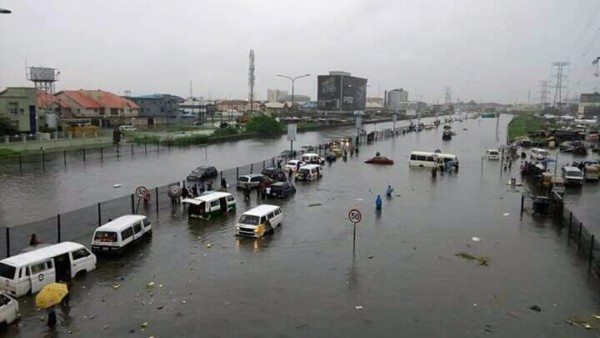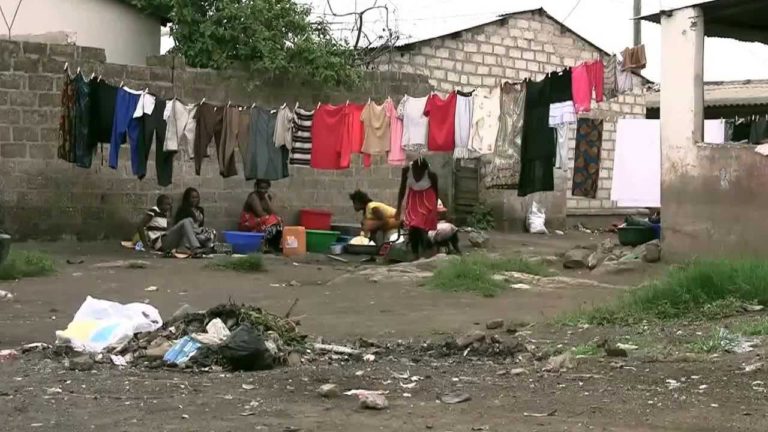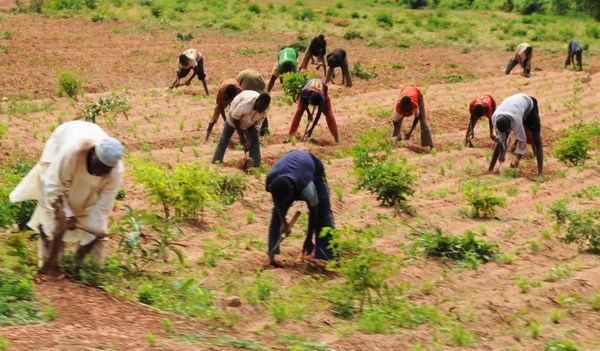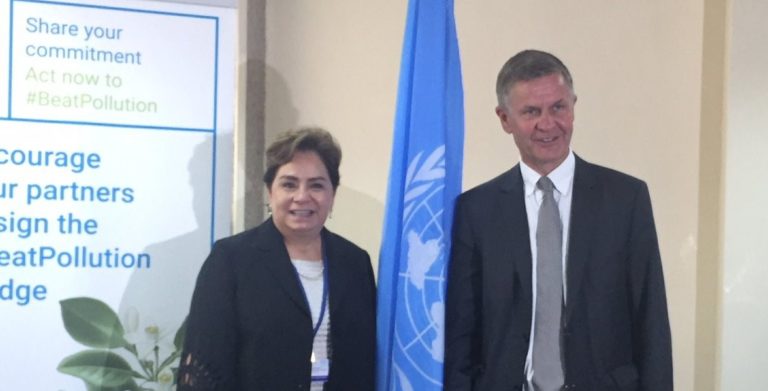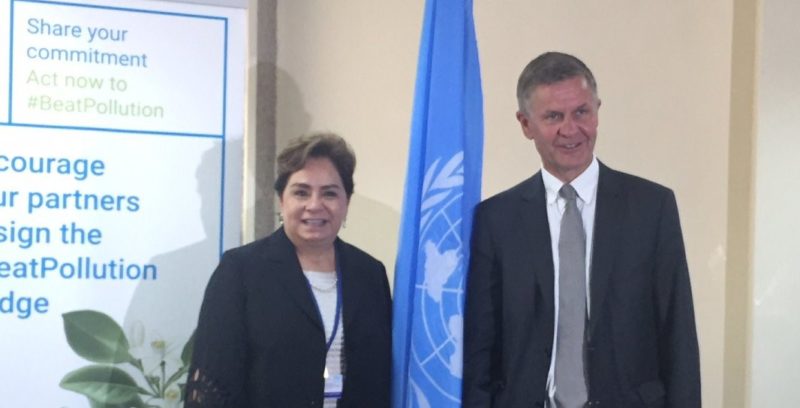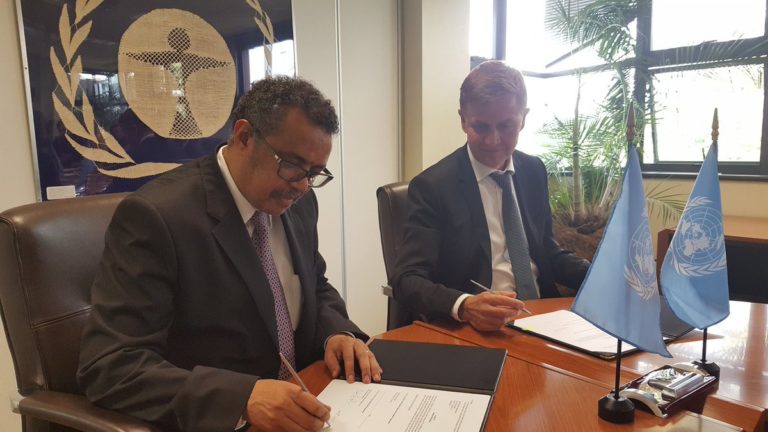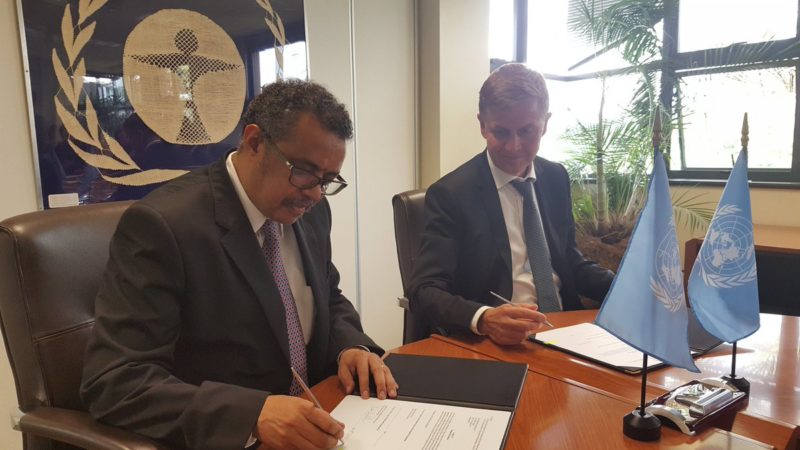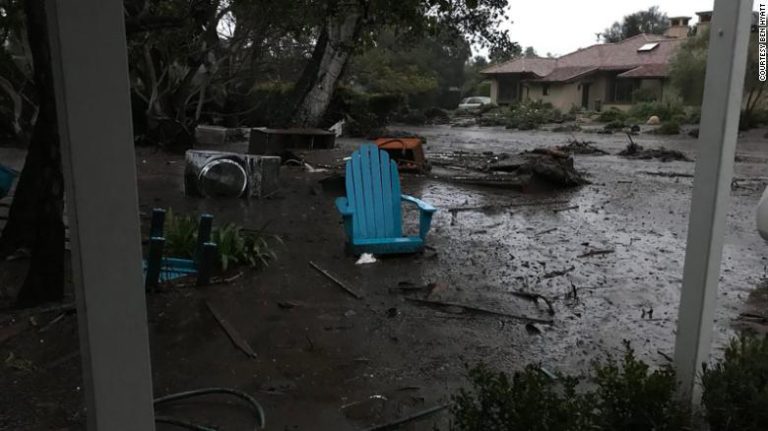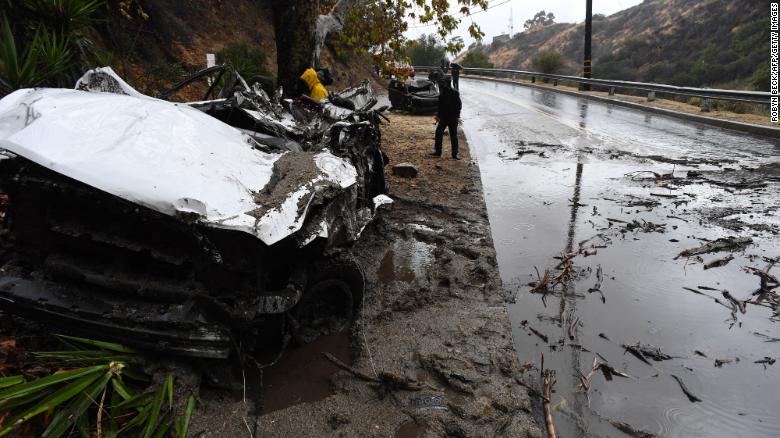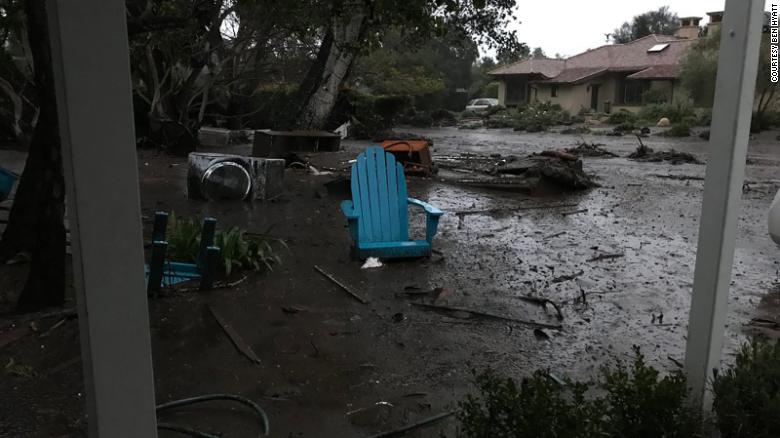Belize has made history by unanimously passing the “Petroleum Operations (Offshore Zone Moratorium) Bill, 2017” which will place an indefinite moratorium on offshore oil in Belize’s marine territory. The decision has been welcomed by Oceana, WWF, and other members of the Belize Coalition to Save Our Natural Heritage as a landmark step forward to protect the Belize Barrier Reef and strengthen marine conservation worldwide.

This action is historic given Belize’s economic dependence on its natural resources and will safeguard invaluable marine environments including the second longest barrier reef in the world, which runs along Belize’s coast. Just as importantly, this law recognizes and respects the collective leadership and persistent involvement of tens of thousands of Belizeans for more than seven years on the issue of offshore oil.
Oceana has been an unwavering supporter of this call of the Belizean people since it began in the aftermath of the BP oil spill in the Gulf of Mexico in April 2010 and within the reality that Belize’s entire offshore area had already been sold as oil concession licenses. Following today’s proceedings, Oceana’s Vice President for Belize Janelle Chanona said, “This is truly ‘The People’s Law’. Belizeans have remained steadfast in their opposition to offshore oil since they became aware that marine assets were at risk of irreversible damage from the offshore oil industry.”
This news brings hope that the Belize Barrier Reef, a UNESCO World Heritage Site, will no longer be considered a “Site in Danger” as oil was identified as direct threat to the site’s integrity. “We urge Belize’s government to follow today’s historic announcement with the additional actions needed to ensure the site is removed from UNESCO’s in danger list,” said Nadia Bood from WWF.
Believed to be the largest international advocacy organisation dedicated solely to ocean conservation, Oceana is rebuilding abundant and biodiverse oceans by winning science-based policies in countries that control one third of the world’s wild fish catch.


